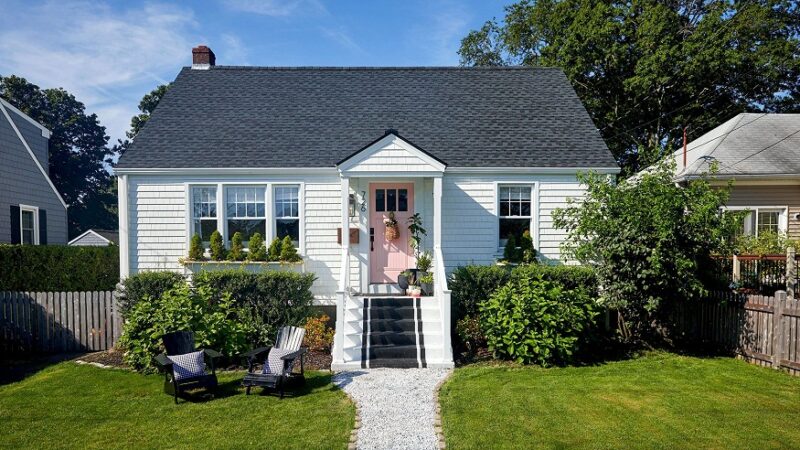Estate Living for Empty Nesters: Balancing Luxury and Practicality

As empty nesters find themselves with more disposable income and extra space after their children leave home, many consider a move into a luxury estate home to enjoy both comfort and practicality. Estate homes, often referred to simply as estates, provide spacious floor plans tailored towards entertaining along with smart home technology and luxury amenities. Nonetheless, estates also come with higher prices and maintenance costs. The experts at Houston-based Jamestown Estate Homes say that empty nesters can prioritize features and make smart compromises, striking the right balance between indulgence and practicality when moving into an estate home.
Focusing on Entertaining Spaces and Features
One of the major motivations for empty nesters to move into an estate is to create a luxurious space to host friends and family. When choosing estate homes, focus on entertainment spaces like gourmet kitchens, home theaters, guest suites, and open floor plans. Luxury estates may also offer amenities like wine cellars, game rooms with wet bars, heated pools and hot tubs, and built-in outdoor kitchens ideal for entertaining.
Smart Home Technology for Comfort and Convenience
While luxury estates focus on high-end finishes and features, also consider smart home technology that adds both comfort and convenience. Options like wireless lighting controls, whole-house audio, automated climate control, voice assistants, and video doorbells not only simplify living but also provide peace of mind. Having a focus on a few key smart home features can provide day-to-day practicality without breaking the bank.
Compromise on Size to Reduce Costs
One significant trade-off to make with a move into an estate home is to determine the right square footage to meet needs without overspending. While estates traditionally start at around 8,000 square feet, this much space can be impractical and costly for empty nesters. Opt for a smaller estate around 5,000 square feet, as this can still provide plenty of room for entertainment and multi-generational living. It also reduces both purchasing costs and future utility and maintenance expenses.
Exploring Alternative Estate Layouts
When evaluating estate homes, empty nesters should also consider properties that diverge from a traditional single-family layout to improve practicality. For instance, compound estates include a main house plus a secondary guest or in-law suite above the garage or in a separate building to accommodate multi-generational living. Duplex or tandem estates feature two distinct homes, often of different sizes, that share one lot to allow homeowners to right-size into the smaller home over time. Alternatively, some luxury communities offer condo or townhome floor plans with estate-caliber finishes more suitable for easy lock-and-leave living. Explore these alternative estate layouts and you’ll find it will provide the right balance of flexibility and luxury for empty nester lifestyles.
Working with a Realtor to Understand True Costs
The purchase price is just one aspect of owning an estate home – insurance, utilities, HOA fees, furnishing costs, and regular upkeep also quickly add up. Empty nesters should research all-in costs before they choose an estate as higher prices often come with proportionally higher expenses. Enlisting an experienced estate realtor can provide clarity on long-term costs before purchase. Transparency into estate home ownership costs is critical for budgeting wisely.
Conclusion
While estate life attracts empty nesters with spacious floor plans to entertain, over-the-top finishes, and luxury amenities, the higher prices tag also comes with compromised practicality. Focusing more on entertainment spaces, smart home technology, and right-sizing square footage while working with a knowledgeable real estate agent, empty nesters can delicately balance indulgence with budget-friendly practicality when moving into estate homes. The key resides in trying to resist excess, research all costs, and compromise strategically.






